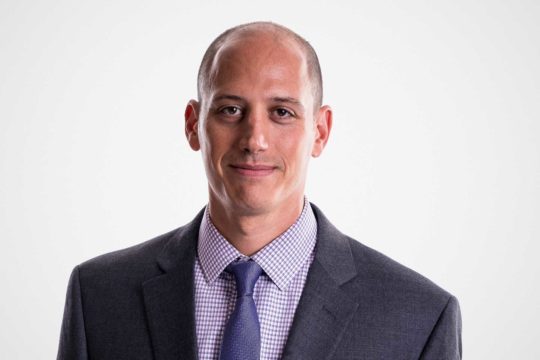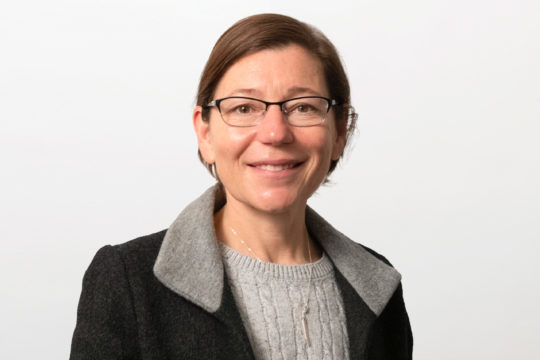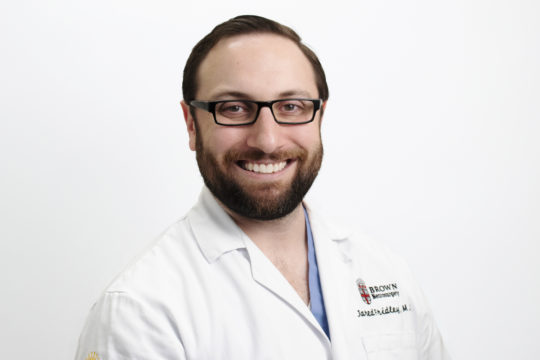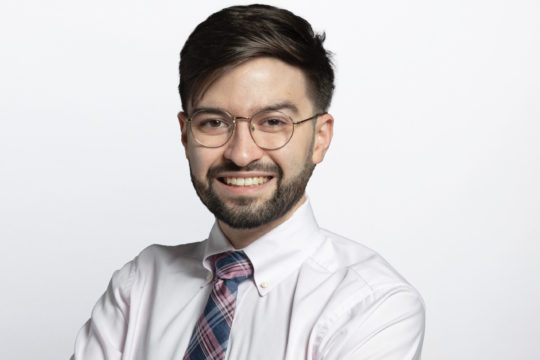Owen P. Leary, Matthew Hagan, Patricia L. Zadnik Sullivan, Abigail McElroy, Sohail Syed, David D. Liu, John E. Donahue, Keith-Austin Scarfo, Alexios G. Carayannopoulos, Justin Li, Konstantina Svokos, Jared S. Fridley, Ziya L. Gokaslan, Adetokunbo A. Oyelese, Petra M. Klinge
 Introduction: Diagnosis, pathophysiology, and rationale for surgical intervention in adult-onset tethered cord syndrome (ATCS) remain controversial. In this population, comorbid degenerative spinal disease (DSD) and prior trauma may sometimes distract from radiologic evidence of TCS.
Introduction: Diagnosis, pathophysiology, and rationale for surgical intervention in adult-onset tethered cord syndrome (ATCS) remain controversial. In this population, comorbid degenerative spinal disease (DSD) and prior trauma may sometimes distract from radiologic evidence of TCS.
Methods: We retrospectively reviewed electronic medical records of consecutive patients (2011–2019) presenting with back pain, lower extremity neurological symptoms, and/or urinary or bowel symptoms, who had radiologic evidence of fatty filum terminale (FT) and/or low-lying conus (LLC) in the setting of degenerative spine disease, and who underwent surgical detethering of the spinal cord. Medical history, presenting symptoms, MRI reports, and postoperative outcome data were collected and summarized. FT specimens were analyzed using histology and transmission electron microscopy (TEM). Correlation of preoperative characteristics with outcome were assessed using multivariate logistic regression.
Results: Forty-nine patients (mean age 47.9 ± 17.6 years) diagnosed with ATCS were included. Nineteen (38.8 %) had undergone prior spine surgery. From baseline to one-month post-op, the proportion of patients with neurologic symptoms decreased from 100 % to 77.8 % (p < 0.001), back pain from 87.8 % to 48.9 % (p < 0.001), urinary symptoms from 79.6 % to 26.7 % (p < 0.001), and bowel symptoms from 34.7 % to 6.7 % (p < 0.001). Differences remained significantly lower at three-months and 12-months postoperatively (p < 0.05). On MRI, LLC was seen in 75.5 % of patients, fatty FT in 8.2 %, and filum lipoma in 69.4 %. Evidence of DSD was observed in 87.7 % of patients, and prior trauma was reported by 32.7 %, neither of which was correlated with surgical outcome. Forty-six FT specimens were assessed for histology, and 26 for TEM. In addition to known neuronal components of the FT, the collagen ultrastructure revealed collagen corkscrewing and beading (57.7 %) and fibril swelling (57.7 %) on TEM.
Conclusions: Surgical intervention resulted in symptom improvement including resolution of urinary incontinence for many patients diagnosed with ATCS, even in the presence of comorbid degenerative spine pathology.
Read the Full Text Here










